ocotillo planting from seeds or stems
victorhugo
15 years ago
Featured Answer
Sort by:Oldest
Comments (8)
petzold6596
15 years agodesertlvr
15 years agoRelated Professionals
Essex Landscape Architects & Landscape Designers · Taylorsville Landscape Architects & Landscape Designers · Towson Landscape Architects & Landscape Designers · Elgin Landscape Contractors · Bedford Heights Landscape Contractors · Boca Raton Landscape Contractors · Columbine Landscape Contractors · Columbine Landscape Contractors · Hampton Bays Landscape Contractors · Lynwood Landscape Contractors · Pueblo West Landscape Contractors · Santa Maria Landscape Contractors · Stallings Landscape Contractors · Thornton Landscape Contractors · Irvington Landscape Contractorsminime8484
15 years agoflattie
15 years agokenvoak
7 years agolast modified: 7 years agohdg123
7 years agolast modified: 7 years agodimitrig
5 years ago
Related Stories

CONTAINER GARDENS8 Easy Container Plants to Grow From Seed
Get beautiful blooms and herbs in summer by starting these choice garden picks from seed in spring
Full Story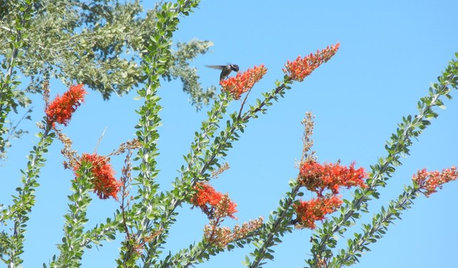
GARDENING FOR BUTTERFLIESGreat Design Plant: Ocotillo for High-Reaching Flair
Add a dramatic accent to a dry landscape with this striking desert plant silhouetted against the sky
Full Story
GARDENING GUIDESSeeds or Seedlings? How to Get Your Garden Started
Growing delicious herbs and vegetables starts with knowing your goals and when you want to plant
Full Story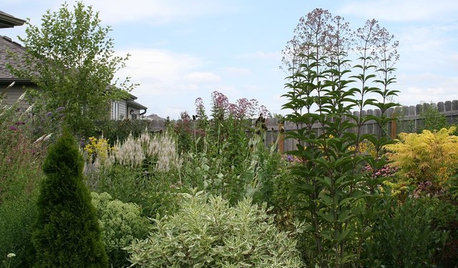
GARDENING FOR BUTTERFLIESGreat Design Plants: A Bevy of Beauties from the Meadow
Draw butterflies, birds and bees to the garden year-round with these low-maintenance Eupatorium varieties
Full Story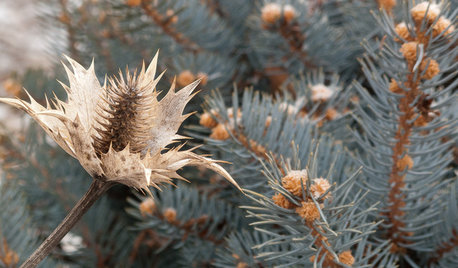
WINTER GARDENINGInspiring Winter Scenes From the Denver Botanic Gardens
Use seed heads, bare branches and grasses to design lovely garden displays when the ground is frozen
Full Story
PETSGarden Alert: 22 Plants to Keep Away From Pets
Avoid potential danger by keeping dogs and cats away from these landscaping and houseplant favorites
Full Story
HOUZZ TVHouzz TV: How to Make and Plant a Veggie Box
See how to start edibles from seed, then transfer the seedlings to a box on stilts to make harvesting more fun
Full Story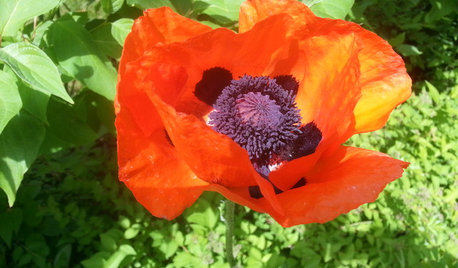
GARDENING GUIDESBeautiful Flowers and Foliage From Dedicated Backyard Gardeners
From lawn daisies to topiaries, Houzz users share their backyard beauties
Full Story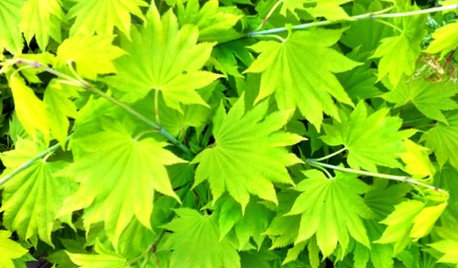
LIME FOLIAGE16 Stunners From an English Garden Center
Get the abundant, overflowing look of an English garden with these hardworking spring-blooming plants and flowers
Full Story
INSPIRING GARDENSWhat We Can Learn From Longwood Gardens’ New Meadow
Sustainability, ecology, native plant communities ... this public garden is brimming with lessons on horticulture for home gardeners
Full Story





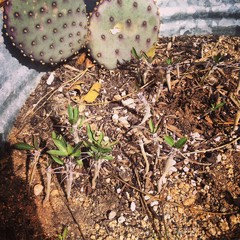
sokalgardener